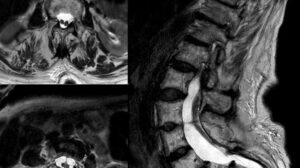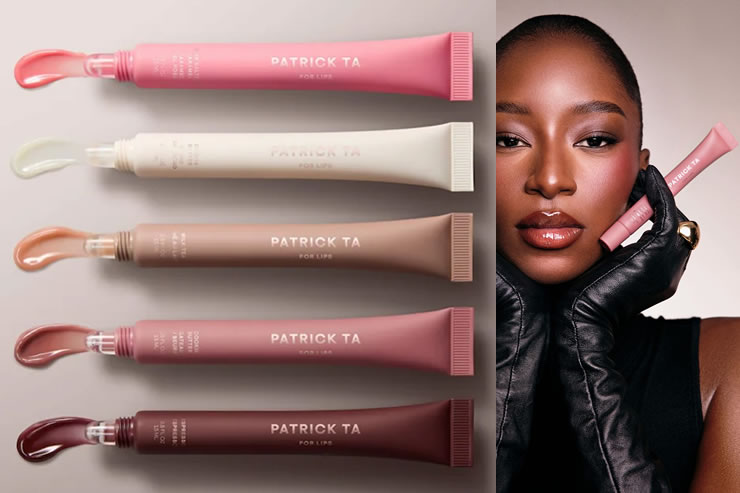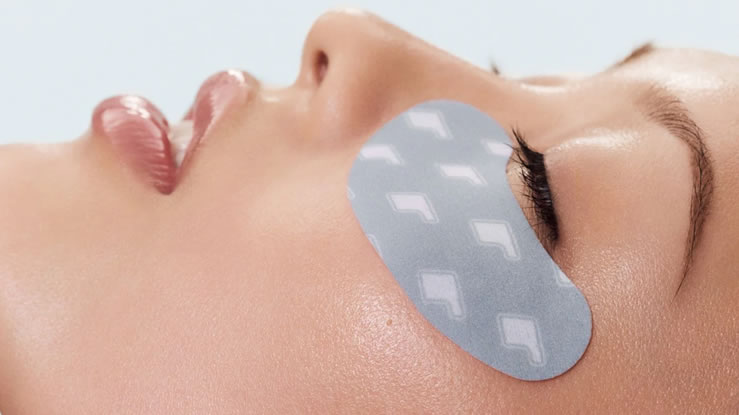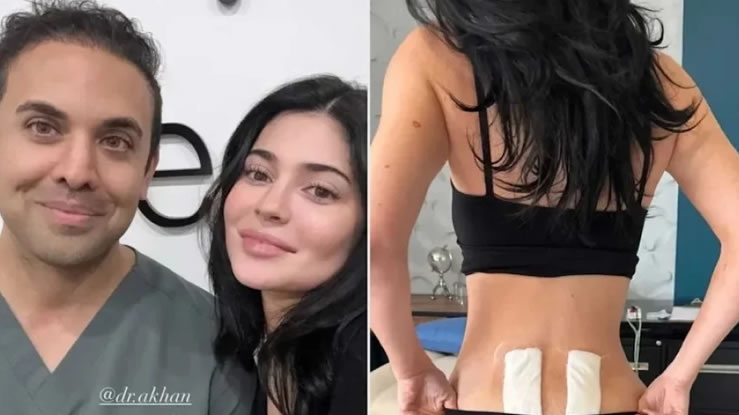Facelift surgery is evolving rapidly. In 2025, the focus is less about simply pulling back skin and more about precision, anatomical correction, minimal downtime, and enhanced aesthetics. A number of new techniques are gaining traction among surgeons and patients alike chief among them the deep-plane facelift, the so-called “quilting” suturing method, and the use of tissue glue in place of drains. These innovations aim to deliver natural-looking, long-lasting results with improved recovery profiles.
Deep-Plane Facelift: What It Is
The deep-plane facelift is an advanced surgical method that lifts not only the skin and superficial tissues but also deeper soft tissue layers beneath the SMAS (superficial musculoaponeurotic system). The Guardian+2Manhattan Facial Plastic Surgery+2 By releasing retaining ligaments and repositioning the facial soft-tissue envelope as one unit, surgeons can create smoother transitions (cheeks, jowl, jawline) and avoid the “windswept” or overly tight appearance often seen with older techniques. Results can last up to 10-15 years. The Guardian The demand for this technique is rising especially among patients who have lost weight (such as those on weight-loss drugs) or show early skin laxity and wish to avoid repeated filler. Manhattan Facial Plastic Surgery
Quilting Suturing Technique
A newer trend originating from Brazil, the “quilting” technique involves anchoring the skin to fascia using sutures placed externally through the skin thereby eliminating drains and fluid collection spaces. DatoCMS Assets The idea is better contour control in the early healing phase and fewer post-operative complications. While effective, it may involve more visible early markings (“lizard-scale” look) and slightly longer visible recovery. Surgeons predict more uptake in 2025.
Tissue-Glue Facelift Innovation
In February 2025, a leading facial plastic surgeon showcased the use of surgical tissue glue instead of traditional drains in facelift surgery. Manhattan Facial Plastic Surgery The glue seals the surgical planes, reducing fluid accumulation, swelling, bruising, and recovery time. Patients may return to camera-ready appearance much sooner than traditional procedures.
Why These Techniques Are Trending in 2025
-
Younger patients are seeking facelifts earlier not just to reverse aging but to optimize facial structure and age more gracefully. Allure
-
Surgeons are focusing on natural results rather than dramatic corrections, aligning with social-media aesthetics and patient expectations.
-
Minimizing downtime, bruising, and visible scarring is key, making surgical refinements more acceptable to a broader audience.
-
Non-surgical alternatives and adjuncts are still popular, but advances in surgical technique are setting new standards.
Who Is a Good Candidate?
Ideal candidates are:
-
Individuals with early to moderate skin laxity around the lower face/neck or who have had significant weight loss and show soft‐tissue descent.
-
People who want longer-lasting results and are done with repeated filler or non-surgical lifts.
-
Patients with realistic expectations and willingness to undergo surgery with recovery.
Those who may not be ready:
-
People expecting zero downtime or non-invasive treatment these are still surgical procedures with recovery.
-
Those with very minimal aging who might benefit from less invasive alternatives first.
What to Expect During Recovery
Recovery depends on the extent of the lift and the technique used. With advanced techniques like tissue-glue or quilting, swelling and bruising may be reduced, but typical recovery still includes:
-
Initial 1-2 weeks of reduced activity
-
Visible results around 3-4 months when swelling subsides
-
Maintenance of results over many years
Risks & Considerations
All facelift surgeries carry risks: infection, hematoma, nerve injury, scarring. The newer techniques aim to reduce some risk (e.g., fluid accumulation, extended downtime) but require skilled, experienced surgeons. Accreditation and selecting a board‐certified facial plastic surgeon are critical.
Choosing the Right Technique & Surgeon
When researching a facelift in 2025 you should ask:
-
Does the surgeon perform deep‐plane lifts frequently?
-
Do they use tissue glue and how has that improved outcomes?
-
Are they familiar with quilting suturing, and how do they manage post-op contour?
-
Can they present before/after results in patients with similar anatomy/age?
-
What is their complication rate and how do they manage recovery?
The facelift of 2025 is not your grandmother’s rhytidectomy. It’s smarter, more refined, more personalized, and focused on age-appropriate enhancement rather than dramatic transformation. Techniques like the deep-plane lift, quilting suturing, and tissue-glue innovations reflect the future of facial rejuvenation longer-lasting, natural-looking, and tailored. If you’re considering a facelift, educate yourself, choose the right surgeon, and decide based on your unique facial anatomy and goals.


















